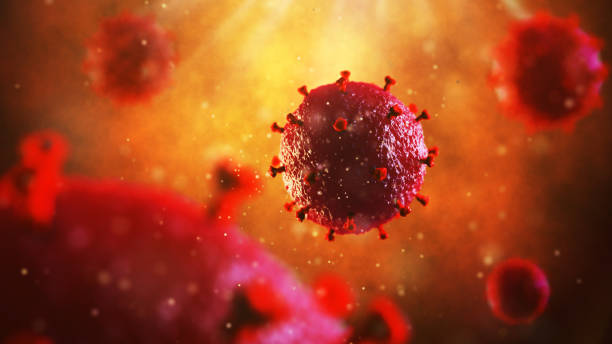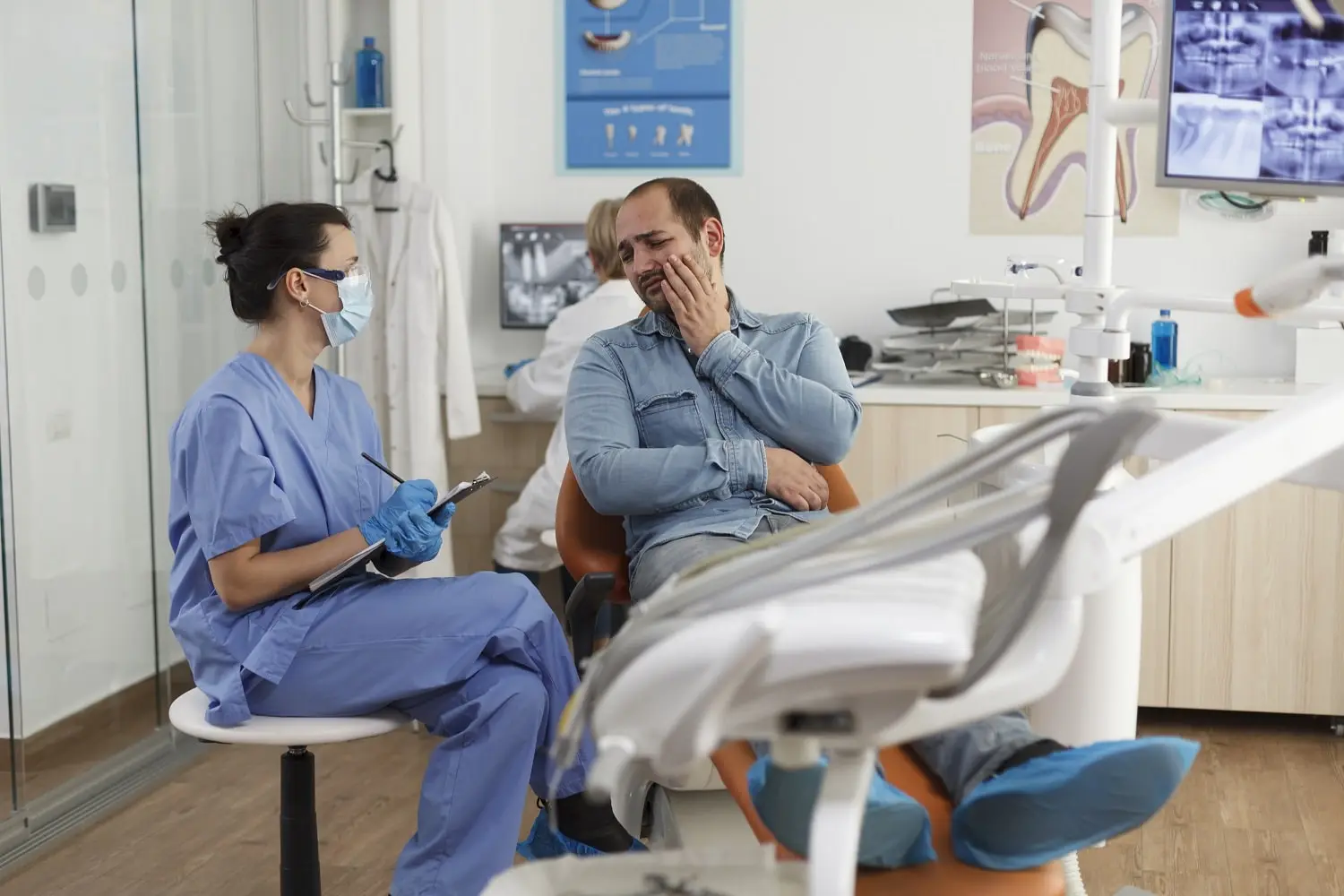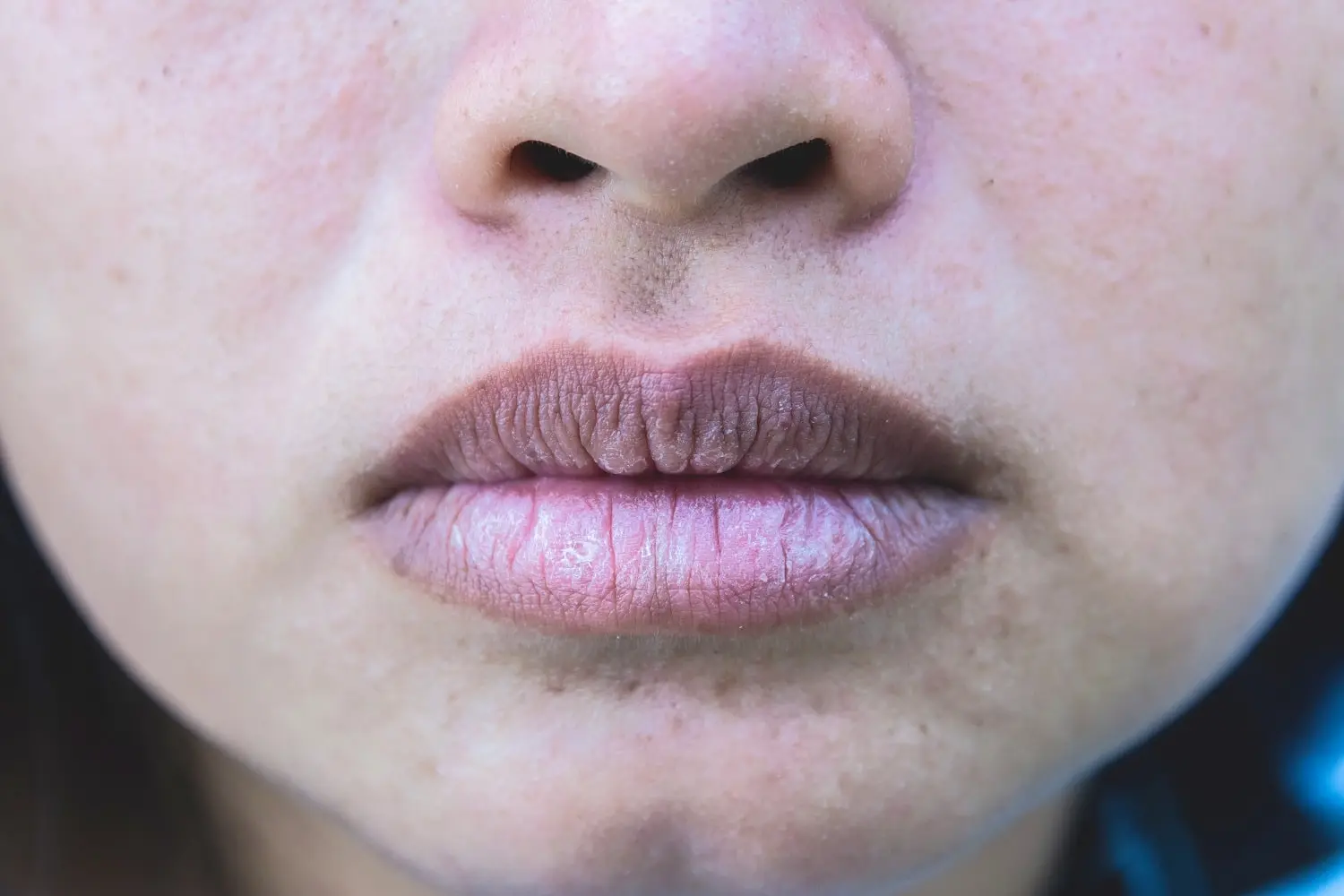Last Updated on: 5th December 2024, 10:13 am
How Does AIDS Affect Dental Health?
Today modern medicine faces a new challenge, a new diagnosis that has been added to the chapter on incurable diseases, at least up to what is known today.
What is AIDS?
- Syndrome: a set of signs and symptoms that combined indicate the presence of a disease or disorder.
- Immunodeficiency: inability to resist infections.
- Acquired: that has been contracted.1
AIDS is the most serious form and the final stage of HIV infection. This disease causes a serious deficiency in the body’s defense mechanisms. HIV attacks T4 lymphocytes, which are a class of white blood cells that govern the system immune, penetrates those cells where it replicates and eventually destroys them. The destruction of these white blood cells causes a deficiency in the person’s immune responses. 4

The poor state of oral health affects the general health of patients. This situation has greater negative influences on patients with HIV / AIDS, affecting the evolution of their disease.
Interrelation of AIDS with dentistry
A large number of infections can be transmitted during procedures related to stomatological treatment. This does not mean that the dental treatment process is the cause of the infection. By not taking into account the area and the clinical environment where these procedures are performed, there is the possibility of contamination with pathogenic microorganisms that can cause infection. The source of contamination with microorganisms can be the patient or any of the members of the dental professional team. The possible routes of transmission are:
- From patient to professional
- From professional to patient
- Between patients

The dentist is part of the team of health professionals, and as such, is exposed to dealing with HIV-infected patients and AIDS patients who do not know it or those who, for fear of being rejected in consultation, do not manifest their condition.
AIDS has oral manifestations, and the dentist can play a very important role in the general stomatological treatment and reduce the risk of transmission in the consultation.
Oral manifestations related to AIDS can be classified as:
- Fungal
- Viral
- Oral ulcers
- Xerostomia
- Bacterial
- Neoplastic
Fungal
Among the fungal, we can point out candidiasis as the most common in HIV-infected patients. Oral candidiasis is a common yeast mouth infection often referred to as “thrush,” the most common cause being a fungal organism called Candida Albicans, which is a normal component of the “oral microflora” in up to 30% of patients. Healthy patients (known as “carriers”). When conditions in the mouth allow candida overgrowth, oral yeast infections can develop.

Patients generally complain of a burning sensation or tenderness in the mouth and often develop white and yellow curd-like patches and raw red areas in the oral cavity. Oral yeast infection can also cause a sore throat. Patients who wear removable dentures are particularly susceptible to developing oral yeast infections, especially if they leave the denture in overnight and do not disinfect it regularly. Angular cheilitis is a yeast infection in the corners of the mouth, with crusted, raw, red fissures that are painful and bleed easily when the mouth is opened wide.
Viral Virus
In viral virus, hairy leukoplakia closely related to the Epstein-Barr has been found, which commonly appears as a wavy white spot on the lateral edges of the tongue, oropharynx, and soft palate; they are asymptomatic lesions. Another viral manifestation is that of herpes simplex, with different clinical characteristics in HIV-infected patients.
Oral Ulcers
Oral ulcers represent a common pathologic process of the oral cavity. In general, they present with pain as the main characteristic. There are different ways of classifying them, but the most accepted one divides them into acute, that is, those of sudden onset and short duration, and chronic, of insidious onset and long duration. The main acute oral ulcers include traumatic ulcers, recurrent aphthous stomatitis, viral and bacterial infections, and necrotizing sialometaplasia.
Among the processes that occur with the appearance of chronic oral ulcers are erosive lichen planus, oral squamous cell carcinoma, mucous membrane pemphigoid, pemphigus, vulgaris, and oral ulcers associated with drug intake. Carrying out a correct differential diagnosis is essential to be able to establish the appropriate therapeutic protocol in each case.
Xerostomia
Xerostomia or dry mouth is a condition that is often found in dental practice. The most common cause is the use of certain systemic medications, which increase the risk of the elderly because they are generally more medicated. Other causes include high doses of radiation and certain diseases such as Sjögren’s syndrome. Xerostomia is associated with difficulties chewing, swallowing, tasting, or speaking.

This results in poor diet, malnutrition, and decreased social interaction, which can cause mouth discomfort, especially for denture wearers. Patients are at increased risk of developing tooth decay.
Bacterial
Regarding the manifestations, bacterial they appear directly on the periodontal tissues, gingival lesions with characteristics very similar to acute ulcerative-necrotizing gingivitis have been found with rapid progression, causing bone destruction associated with severe suppression of the immune system.
Neoplasia
Among the neoplasia group, the one most related to HIV is Kaposi’s sarcoma, characterized in its early stages by a flat or raised lesion, generally asymptomatic, whose size can vary from a few millimeters to several centimeters
Control of infections in dentistry
For an infection to exist, three conditions are required to be present:
- A susceptible host.
- A pathogen with sufficient effectiveness.
- An entrance door in the guest.

The risk of transmission of certain diseases during procedures related to stomatological treatment has gained a lot of interest in recent times. It is impossible to know for sure if a patient is a carrier of an infectious process. Therefore, every patient must be considered as a possible transmitter of infections, so they must be treated under the maximum clinical conditions that prevent contamination of the dental professional or others patients.
The contagion in the case of AIDS can be established by direct contact with blood or by indirect contact with contaminated instruments, equipment and environmental surfaces. 1
Among the specific measures in dentistry, we can cite the following:
1. Use of isolating elements
Gloves should be used when there is the possibility of establishing contact with blood or saliva contaminated with blood, and the stomatologist, prior to the treatment of each patient, you should wash your hands before putting on gloves and after treatment.
2. Handling of sharp-cutting:sharp-cutting
Instruments: There are instruments such as needles, scalpels, wires, and scissors, which can be used in the patient according to the indicated treatment, so these instruments should be considered as infectious, and therefore, must be handled with care to avoid accidents and punctures. It is recommended to keep the needles inside their cap during the treatment and carry out the guard during the use of dental cleaning instruments.
3. Sterilization of instruments
Sterilization of instruments is another aspect that must be considered within the AIDS control measures. All instruments used must be sterilized, either using steam under pressure (autoclave) or dry heat. (oven), in accordance with the standards of sterilization, and the equipment for such sterilization must be maintained and regulated periodically.
Conclusions
Promotion of self-care, oral self-examination and the timely search for dental treatment in the HIV / AIDS population.
The exploration of oral tissues as a simple, low-cost, and non-invasive procedure could contribute to the active search for cases if it is taken into account that some of the oral manifestations appear in the early stages of the infection.
Oral manifestations as possible predictors of progression from HIV to AIDS and treatment failure due to the association found with detectable viral load. 2
The analysis of the information on AIDS and its impact on dentistry allows us to propose the following:
- AIDS constitutes a global health problem, given the threat it poses to humanity.
- Considering the oral manifestations that HIV-infected patients present, the dentist can contribute to making an accurate diagnosis aimed at reducing the risk of transmission.
- Applying AIDS control measures in dentistry will prevent the spread of this disease among health personnel and patients who come for consultation.
Contact Us: How does AIDS affect dental health?
If you have any oral health-related questions, our dentists at the Channel Islands Family Dental Office will be happy to guide you through all your preventive and treatment-related activities. Feel free to call and book your appointment today at our dental office in Oxnard, Ventura, Santa Paula Y Port Hueneme.



